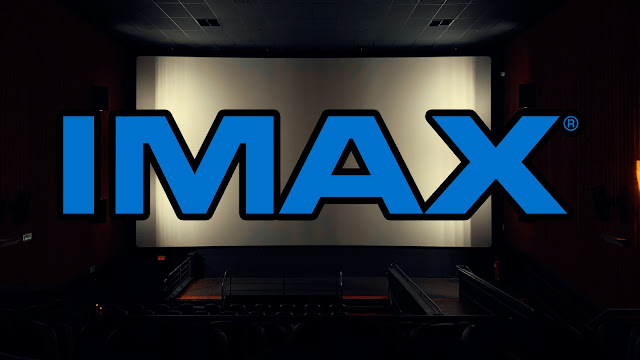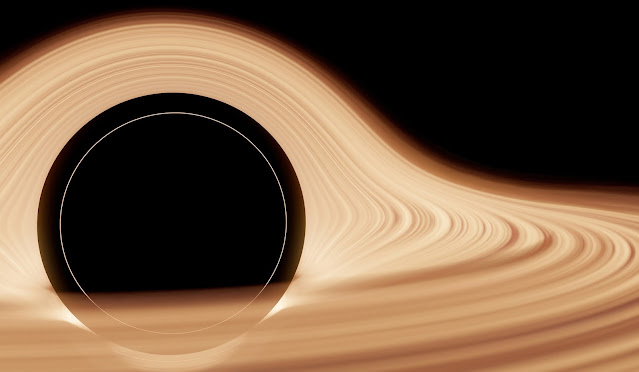So let's first see what IMAX is. IMAX is a Multiscreen Corporation founded in September 1967 by filmmakers Graeme Ferguson, Roman Kroitor, Robert Kerr, and William C. Shaw. They aimed to use cinema cameras with high resolution and large aspect ratio, vast and tall cinema screens (equal to the height of several floors) to give moviegoers an unprecedented cinema experience. They developed this technology because of the 21-minute movie In the Labyrinth that they screened at the Expo 67 exhibition held in Montreal, Canada, in 1967 using the most basic methods of this technology. Based on inspiration and experience. Using this simple camera system and projector system, IMAX showcased its first short film Tiger Child at Expo '70 in Osaka, Japan, in 1970 and in 1974 at Expo '74 in Spokane, Washington, USA. IMAX will open its first company-built IMAX theatre, which will operate as an independent movie theatre that affiliates with another movie theatre company.
Before the 21st century, IMAX theatres existed as part of an auditorium or museum owned by the IMAX Corporation. The screens in these theatres were mainly spherical and square. The size of this screen was usually about 72 x 53 feet, and since its height was more significant than its width, it had an aspect ratio of 1.43:1, unique to the IMAX screen. The IMAX celluloid film used in the IMAX movie camera was also unique to it, and instead of the five holes in a standard 70mm celluloid film, it had 15 holes (at the top and bottom of the strip), so IMAX 70mm film stocks (IMAX celluloid films) are 15/70 in size. They had to introduce film stocks.
In these huge film stocks vertically, IMAX cameras, which make a lot of noise during operation, could capture a number of frames between 30 seconds and 2 minutes. It equips with 12k high-resolution images, so the running time of the films filmed in IMAX medium at that time had to film at most 1 hour. Reduce the time, labour, and costs of using more IMAX film stocks than regular film stocks. Like IMAX cameras, IMAX projectors were large. The IMAX film stocks are projected vertically by the projector, and xenon arc high-sensitivity bulbs use for those projectors. An IMAX theatre has a giant screen, so the seats arrange so that the viewer can see the entire screen clearly, no matter which direction they sit.
IMAX comparison
The IMAX medium mainly films and screens documentaries in the early stages. The use of this IMAX technology was particularly noticeable for documentaries created in the field of space, education, and the environment. Later, 3D technology was added to this and improved and presented as IMAX 3D. In the early 1990s, IMAX decided to go beyond documentaries and provide entertainment films. The Rolling Stones' huge concert, Stones at the Max (1991), was filmed and screened using IMAX media. T-Rex: Back to the Cretaceous (1998), an educational film mixed with entertainment made in 3D media in 1998, and Michael Jordan to the Max (2000), created in 2000 with the famous basketball player Michael Jordan, can be cited as examples.
Meanwhile, the 3D animated film 'Fantasia' screened by Disney in the year 2000 marked an important milestone in the journey of IMAX, and the reason for this was that Disney and IMAX screened the film Fantasia in IMAX theatres from January 1st to April 30th of that year. It can specifically mention that the institution also decides. Thus, although the IMAX institute initiated this work, they realized that it would not be practical to screen commercial films in theatres like this, which cost a lot of production and are shot without IMAX technology.
But with the discovery of DMR technology, they could overcome these obstacles. IMAX DMR is a film shot using traditional cinema media (35mm film). It is subjected to a unique digital technology process and converted to IMAX 70mm media without reducing the quality of its frames by copying images onto 70mm film. In this way, the movies converted from digital media to IMAX 70mm and screened in IMAX theatres are Apollo 13 (1995- Re-release), Star Wars: Episode II - Attack of the Clones (2002), Matrix Reloaded and Matrix Revolutions (2003), Spider-Men 2 and 3 (2004/2007), the Harry Potter films (2004-2011) and Batman Begins (2005).
Christopher Nolan's The Dark Knight, released in 2008, used 70mm IMAX film cameras to film selected scenes, and it can be said to be the first time that IMAX film cameras were used for a huge commercial film in Hollywood. The film's running time of 2 hours and 32 minutes accounted for nearly 28 minutes, the rest of which was shot using 35mm film cameras.
Christopher Nolan
IMAX cinema camera
In the same year, IMAX introduced their latest digital projection system (Digital IMAX projector system), allowing them to screen IMAX films in multiplexes easily. Due to this latest IMAX with Laser projection system, the film screening space was available in both 2D and 3D media, and an aspect ratio of 1.90:1 was used. The resolution of the IMAX with Laser projection system was lower than that of the IMAX Film projection system but more significant than all other cinema screens. And due to this IMAX with Laser projection system, IMAX technology has been allowed to spread more in the field of cinema.
A typical entrance to an IMAX digital theater
A few years later, with the introduction of the IMAX Digital camera, IMAX cameras were used to film more and more huge Hollywood productions, and the movies Avengers: Infinity War (2018) and Avengers: Endgame (2019) produced and screened by Marvel/Disney Studios were filmed entirely, taken using Arri Alexa IMAX digital camera. The resolution of the frames of these IMAX Digital cameras was lower than the 12k resolution considered as the resolution of the IMAX film camera, but due to its use; these films were screened in the full digital IMAX aspect ratio.
Christopher Nolan can be known as a film director who is often associated with the IMAX name. The reason for this is that the movie The Dark Knight, screened in 2008, was the first step to show how IMAX cameras can be used for massive Hollywood productions. He has used the IMAX film camera for every film from The Dark Knight (except Inception) to TENET, and because of his strong dislike for digital cameras, IMAX film cameras and IMAX 65mm film stocks have been used to film those films.
At present, there are more than 1500 IMAX theatres around the world. Among them, the Guinness World Record for the IMAX theatre with the largest IMAX screen in the world is held by The Panasonic IMAX Theater, built in Darling Harbor in Sydney, Australia. Opened in September 1996, the 540-seat cinema has a screen size of 35.72m x 29.57m (117 ft x 97 ft).
In the meantime, with the support of Hollywood film directors such as Christopher Nolan and Jordan Peele, as well as a cinematographer, Hoyte van Hoytema, the imax company is currently developing a new IMAX cinema camera that is easy to handle and makes very little noise when operating. This new IMAX camera will introduce in 2024.


.jpg)




Comments
Post a Comment